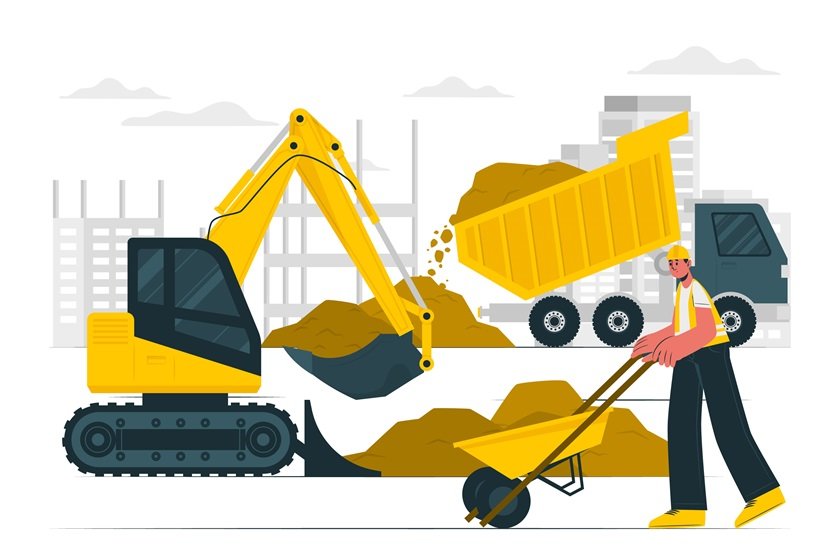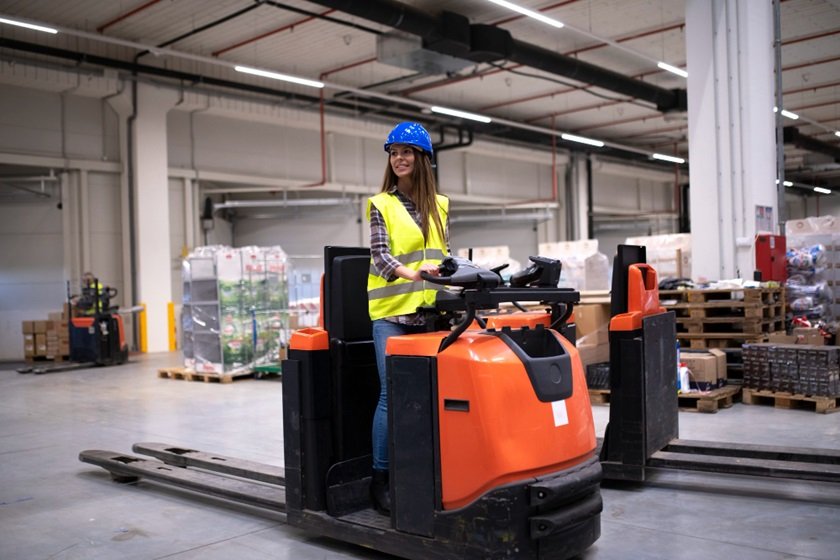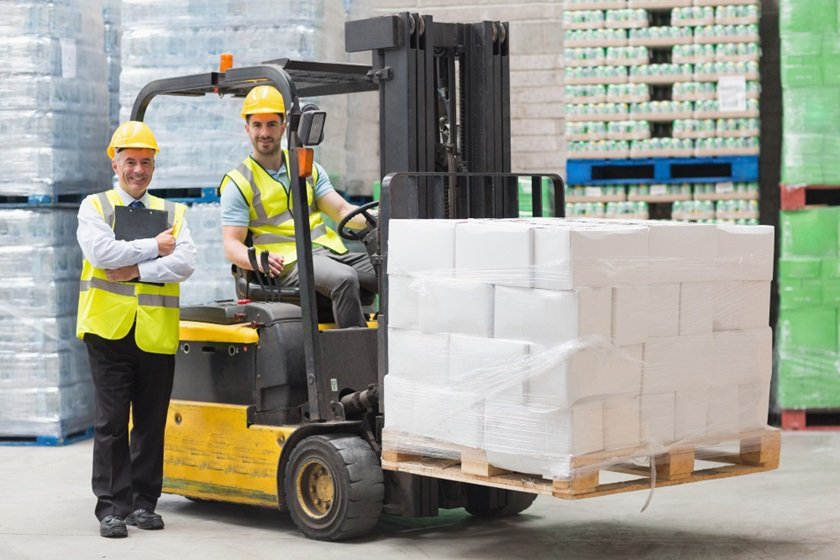In the dynamic world of construction, innovation is the driving force behind progress. From towering skyscrapers to intricate infrastructure projects, the industry is constantly evolving, propelled by advancements in machinery and equipment. In this article, we’ll explore some of the latest trends reshaping construction sites worldwide and revolutionizing the way we build.
1. Automation and Robotics:
Automation has emerged as a game-changer in the construction industry, streamlining processes, and boosting efficiency. Robotics technology is increasingly being integrated into construction machinery, enabling autonomous operation of tasks such as bricklaying, excavation, and material handling. These robotic solutions not only accelerate construction timelines but also enhance safety by reducing the need for human workers to perform hazardous tasks. With precise sensors and algorithms, these machines navigate complex environments with unparalleled accuracy, revolutionizing the way projects are executed.
2. Digitalization and Building Information Modeling (BIM):
Digitalization is transforming the construction sector, paving the way for more collaborative and efficient project management practices. Building Information Modeling (BIM) has emerged as a powerful tool for visualizing and simulating construction projects in a virtual environment. By creating digital representations of buildings and infrastructure, BIM enables stakeholders to identify potential conflicts, optimize designs, and streamline workflows before construction begins. This digitalization of the construction process improves coordination, minimizes errors, and ultimately reduces project costs and timelines.
3. Sustainable Construction Practices:
Sustainability is no longer just a buzzword; it’s a fundamental principle driving innovation in construction machinery and equipment. Manufacturers are increasingly focusing on developing eco-friendly solutions that minimize environmental impact while maximizing efficiency. Electric-powered machinery, solar-powered equipment, and hybrid engines are becoming more prevalent, reducing carbon emissions and energy consumption on construction sites. Additionally, sustainable materials such as recycled aggregates, bamboo, and engineered wood are gaining traction, offering viable alternatives to traditional building materials.
4. Advanced Material Technologies:
The materials used in construction are undergoing a revolution, with advancements in material science unlocking new possibilities for building design and construction. High-performance materials such as carbon fiber, ultra-high-strength concrete, and self-healing polymers are enhancing the durability, resilience, and sustainability of structures. These advanced materials enable the construction of lighter, stronger, and more energy-efficient buildings, pushing the boundaries of what’s possible in the built environment.
5. Telematics and IoT Integration:
The integration of telematics and Internet of Things (IoT) technology is transforming construction machinery into intelligent, interconnected systems. Telematics systems installed in construction equipment enable real-time monitoring of performance, fuel consumption, and maintenance needs. IoT devices embedded in machinery collect data on factors such as temperature, humidity, and vibration, providing insights that enable predictive maintenance and optimization of equipment usage. This connectivity enhances efficiency, reduces downtime, and ultimately improves the productivity of construction projects.
Conclusion:
The latest trends in machinery and equipment are revolutionizing the construction industry, ushering in a new era of efficiency, sustainability, and innovation. From automation and digitalization to sustainability and advanced materials, these trends are reshaping the way projects are planned, executed, and delivered. By embracing these innovations, construction companies can stay ahead of the curve, drive growth, and build a better future for generations to come.




